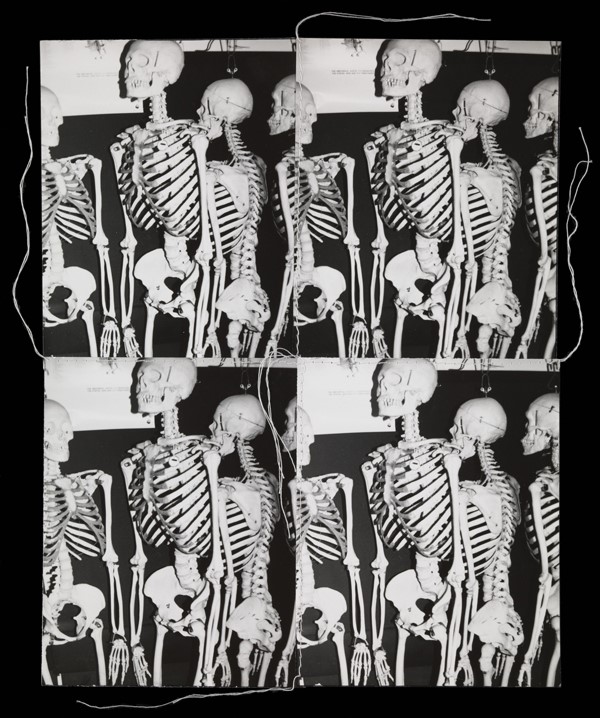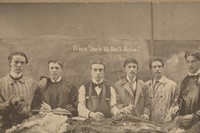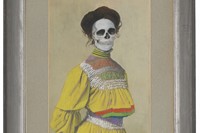For their latest exhibition, London’s Wellcome Collection goes right for humanity’s jugular with a large-scale show musing on various aspects of death...
Who? For their latest exhibition, London’s Wellcome Collection goes right for humanity’s jugular with a large-scale show musing on various aspects of death. Showing pieces on loan from collector Richard Harris, it uses a diverse array of artworks, historical artefacts and ephemera to explore the various portrayals and experiences of death in societies across the world and the centuries.
What? While taking the concept of death as the start, middle and end of an exhibition is perhaps a gloomy notion, in allowing scope for life’s grim reality to be considered from all angles, many intriguing ideas are explored. A key element of the success lies in the variety of the works on show, which trace a line from Renaissance vanitas paintings, via drawings of the Grim Reaper stalking through bedrooms and belltowers, warning of the necessity to barricade one's mortal soul against sin, all the way to Warhol’s quartet of skeletons, Jodie Carey’s bone chandelier and Marcos Raya’s intrusive, blank eyed skulls leering out of family portraits. Essentially what is demonstrated is that, while time and location may superficially alter the look of death, ultimately the questions, fears and confusions raised in the face of our inevitable demise are universal.
"A morbid kunstkammer of intrigue, horror and the blackest humour, this exhibition is a wise and witty dissection of life’s most difficult question."
Why? Death: A Self Portrait leads its victims on a journey into the bleakest portion of our existence, littered with Goya’s sketches of Napoleon’s bloody invasion of Spain, delicate netsuke from the turn of the century and masked participants in Mexico’s Day of the Dead. Yet the show comes into its own with its flashes of wit, sex and the surreal. The silvery nudes of Czech photographer František Drtikol, depicting beautiful women holding skulls, are declarations of the body’s rich sensuality and victory over death’s cold stillness. And in a wonderfully surreal picture taken at the dawn of the photographic age, young medical students pose proudly with a recently flayed corpse, holding its grinning face up to the camera. A morbid kunstkammer of intrigue, horror and the blackest humour, this exhibition is a wise and witty dissection of life’s most difficult question.
Death: A Self Portrait is at the Wellcome Collection until 24 February 2013.
Text by Tish Wrigley



